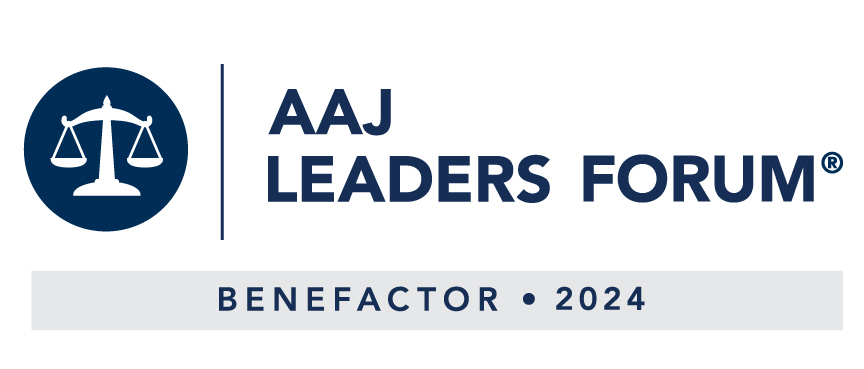The law provides substantial protection for employees from workplace misconduct by their employers or coworkers. Both federal and state courts have held that hiring, firing, promotions and workplace treatment are not to be determined on the basis of race, gender, age, sexual preference, disability or how one responds to sexual advances in the workplace. Even so, many employees continue to suffer from workplace harassment and employment discrimination.
At the law firm of Brayton Purcell LLP, our attorneys work hard to help protect employees when they have had their rights violated in the workplace. Discuss harassment and employee discrimination claims with a dedicated lawyer today.
Employment Discrimination: What Is Prohibited?
Federal law prohibits employers from discriminating against job seekers and employees on the basis of:
- Age
- National origin
- Race
- Religion
- Sex
- Pregnancy
On a federal level, private employers with less than 15 employees are not subject to this law. However, some states do not set numerical limits. For example, the state of California prohibits racial and sexual discrimination no matter how few employees a company has.
Filing An Employment Discrimination Claim
Before an employee may file an employment discrimination lawsuit in court, he or she must first present the charge to the Equal Employment Opportunity Commission (EEOC). If the employee fails to file an EEOC charge within the required time period, any federal claim under title VII of the Civil Rights Act of 1964 will not be allowed.
If an employer is considered to be a public entity, such as a government agency, municipality, hospital district, or public school district, an employee must file administrative complaints or requests for review before going to the courthouse.
The lesson to learn here is important: While the law is designed to protect employees from misconduct, there are specific time limits and procedures that must be followed. If you have experienced discrimination in the workplace, do not let time run out on a valid claim.
Common Forms of Harassment and Discrimination
Sexual/Gender-Based Discrimination
Sex discrimination in the workplace has many different faces. In its most common form, it involves the outright exclusion of women, solely by reason of their gender. However, even where women have gained access to the workplace, sex discrimination persists in other ways. Examples include identifying jobs as “man-only” or “woman-only”, or through the existence of a “glass ceiling” that ensures women will only go so far on the corporate ladder.
Another biased practice is to have two unwritten sets of rules for workplace success. For example, men may receive promotions based on their performance while women are promoted based on their appearance. It is against the law to make a woman’s level of attractiveness a requirement for a particular job category.
Discrimination Based On Pregnancy
A significant form of occupational gender discrimination occurs when an employment decision is based on both the gender of an employee and her marital status or child-bearing ability. Pregnant employees and women who are of child-bearing age are legally protected from workplace discrimination. In general, a workplace cannot bar pregnant women from the workplace without violating anti-discrimination laws.
Discrimination And Health Care Benefits
An overlooked area of gender discrimination is in the benefits an employer provides to its employees. While it is obvious that male and female employees have different, sex-based health care needs, the law is no longer blind to the fact that only women can get pregnant, bear children or use prescription contraception. The special or increased health care needs associated with a woman’s unique sex-based characteristics must be met to the same extent, and on the same terms, as other health care needs. Excluding benefits that apply only to women from a generally comprehensive prescription plan is considered sex discrimination.
Discrimination And Pay
The federal Equal Pay Act (EPA) places a gender-neutral requirement on employers. It prohibits gender discrimination in the form of unequal pay for “substantially equal” work. A person who files an EPA claim must show that he or she was paid lower wages for performing substantially equal work as his or her co-workers. Equal work is defined as jobs that require equal skill, effort, and responsibilities.
Sexual Harassment
Sexual harassment is a type of sex discrimination that occurs when an employer links an employee’s job status to his or her response to a sexual suggestion or innuendo. The law also prohibits an employer from permitting or creating a workplace where employees are subjected to a sexually charged, hostile atmosphere. For example, if employees post obscene calendars or offensive photos, the employer may be liable for harassment if it does nothing to stop the practice.
Sexual harassment may also include slurs about a person’s body or appearance, unwanted comments regarding a woman’s pregnancy, and leering or suggestive gestures. Determining what constitutes sexual harassment depends upon the frequency of the offense, its severity, and whether the harassment interferes with the employee’s work performance.
Age Discrimination
The Age Discrimination in Employment Act (ADEA) prohibits companies from hiring or firing employees on the basis of age. In addition, employers may not force employees to retire before the age of 70, denied promotions based on age, or punish older workers with reduced pay or benefits.
The ADEA only applies to workers aged 40 and older. Therefore, not hiring someone who is 45 because of his or her age is prohibited. However, refusing to hire someone who is 22 because of his or her age is not prohibited by the ADEA. While state laws differ, most states have rules that adhere closely to those set forth by the ADEA.
Disability Discrimination
The Americans with Disabilities Act (ADA) prohibits employment discrimination based on a disability. A disability is defined as a physical or mental condition that greatly limits a major life activity such as walking, breathing, seeing, hearing or speaking. The job seeker or employee must otherwise meet the requirements of the job based on his or her experience and skills. Employers are required to make reasonable efforts to allow a disabled employee to work successfully. This may include schedule changes, modified equipment or interpretive services.
Some states provide broader protections for people with disabilities than those that are provided by the ADA. For example, California law covers individuals whose impairments merely “limit” major life activities as opposed to the ADA’s “substantially limiting” requirement.
Contact Our Lawyers to Discuss Harassment and Employee Discrimination Claims
The above is a very brief overview of employment law as it relates to discrimination and harassment. For more information and help exploring your legal options if you have experienced harassment or discrimination, contact us online today. A committed legal professional could walk you through your harassment and employee discrimination claim options.









